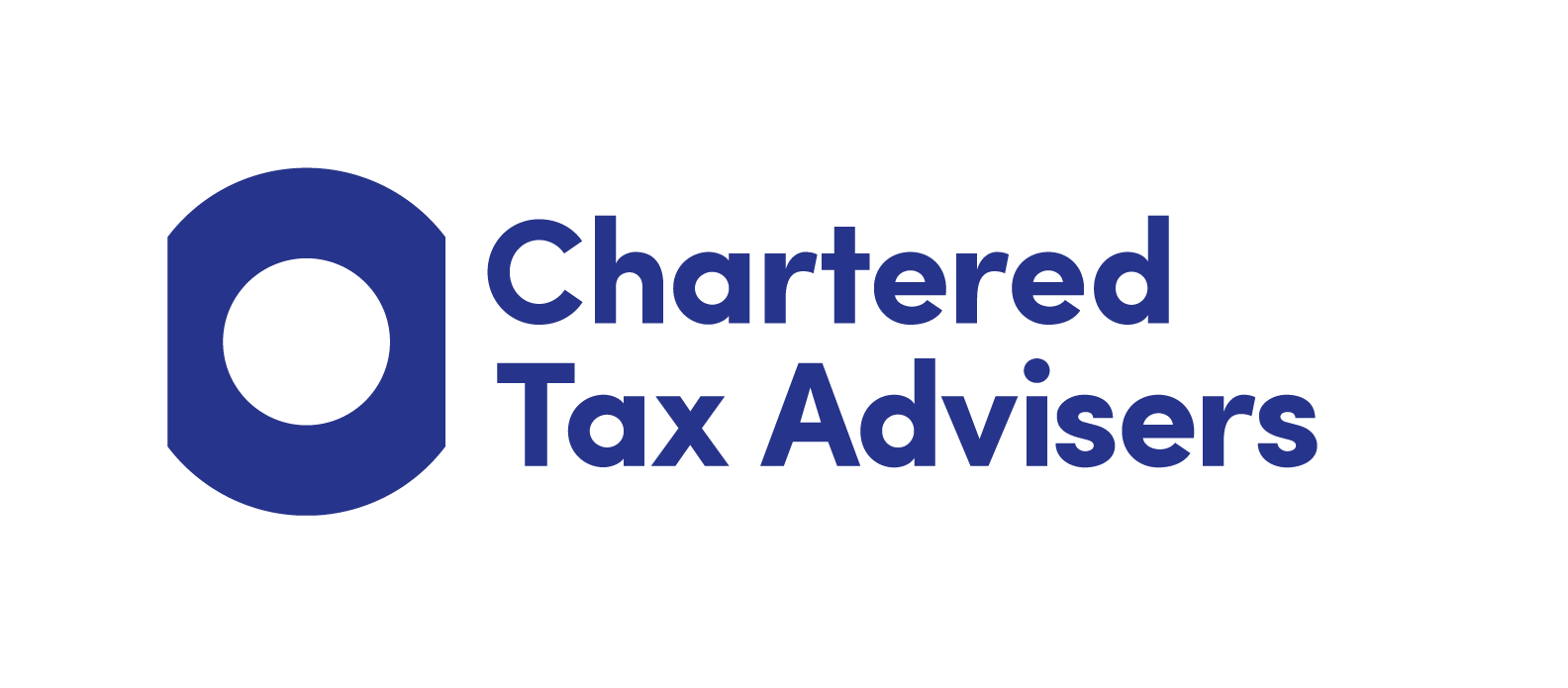Blog
Posted November 11, 2025
Year-End Tax Efficiency: Last-Minute Strategies for 2025/26
As we approach the third quarter of the 2025/26 tax year on 5th April, business owners and high earners have a valuable window to optimise their tax position. Strategic planning in these final weeks can deliver substantial savings, yet many leave thousands of pounds on the table simply through inaction.
Whether you’re a limited company director, self-employed professional, or high-income earner, the decisions you make now could significantly impact your tax bill. Here are the key strategies to consider before time runs out.
 Dividend vs Salary: Finding Your Optimal Mix
Dividend vs Salary: Finding Your Optimal Mix
For company directors, the balance between salary and dividends remains one of the most powerful tax planning tools available. However, the optimal split isn’t one-size-fits-all—it depends on your personal circumstances and income levels.
The current landscape: If you have other employees on the payroll, taking a salary up to the primary threshold (£12,570 for 2025/26) maximises National Insurance efficiency whilst protecting your state pension entitlement. Beyond this, dividends typically offer better tax treatment, though dividend tax rates have increased in recent years.
Year-end considerations: Review your total income for the year. If you’re approaching higher tax thresholds, it may be worth deferring dividend payments until after 5th April. Conversely, if you haven’t fully utilised lower tax bands, bringing forward a dividend vote before the year end could be advantageous.
Remember that dividends must be properly declared and minuted, and can only be paid from available profits. Strategic planning here requires accurate forecasting of your company’s year-end position.
Maximise Pension Contributions Before the Deadline
Pension contributions remain one of the most tax-efficient wealth-building strategies available, offering immediate tax relief whilst building your retirement fund.
For high earners: If your adjusted income exceeds £260,000, the tapered annual allowance reduces your pension contribution limit. Contributing before year-end can provide tax relief at your marginal rate—potentially 45% for additional rate taxpayers.
The annual allowance: Most individuals can contribute up to £60,000 annually (or 100% of relevant pensionable earnings, if lower) with full tax relief. Don’t forget you can potentially carry forward unused allowances from the previous three tax years, allowing contributions well above £60,000 if you’ve not maximised contributions previously.
Employer contributions: For company directors, employer pension contributions offer additional advantages. They’re allowable business expenses, reducing corporation tax, whilst not triggering National Insurance for either employer or employee. These contributions also avoid being counted as income for personal allowance purposes.
Time is critical here—contributions must be made and received by your pension provider before midnight on 5th April to qualify for this tax year’s relief.
Strategic Timing of Expenses and Income
The timing of when you recognise income and expenses can have significant tax implications, particularly as you approach year-end thresholds.
Accelerating deductible expenses: Bringing forward legitimate business expenses—whether training costs, repairs, or equipment purchases—into the current tax year increases deductions and reduces taxable profits. Similarly, paying bonuses or discretionary expenses before 5th April ensures relief in this tax year rather than next.
The £100,000 cliff edge: Earning between £100,000 and £125,140 creates an effective marginal tax rate of 60% as your personal allowance is withdrawn. Strategic planning—through pension contributions, charitable donations or delaying dividends can help ensure you don’t get caught paying a 60% marginal rate of tax.
Capital gains timing: If you’re planning to dispose of assets, consider whether completing before or after 5th April is more advantageous. Each tax year brings a fresh Capital Gains Tax annual exempt amount (currently £3,000), so splitting disposals across two tax years could save tax.
Other Quick Wins Before Year-End
Gift Aid and charitable giving: Donations to registered charities extend your basic rate tax band, which can be particularly valuable if you’re a higher rate taxpayer. For business owners, trading income donations can also provide corporation tax relief.
ISA allowances: Maximise your £20,000 ISA allowance before the deadline. Once the tax year passes, unused allowances are lost forever. ISAs offer complete tax-free growth and withdrawals—an increasingly valuable benefit.
Spousal income splitting: Ensure income-producing assets are owned tax-efficiently between spouses or civil partners. Transferring assets to utilise both partners’ allowances and lower rate bands can deliver substantial savings.
Review your tax code: Ensure your PAYE tax code is correct. Overpaying tax through an incorrect code means waiting until after the year end for a refund, when adjustment now could improve your immediate cash flow.
 Don’t Leave Money on the Table
Don’t Leave Money on the Table
Year-end tax planning isn’t about aggressive avoidance—it’s about using legitimate reliefs and allowances.
However, there are only 3 months left to act, many of these strategies require action before 5th April, and some, particularly pension contributions and capital expenditure, may take time to process and complete.
The potential savings are substantial. For a business owner earning £150,000, strategic use of pension contributions alone could save over £25,000 in income tax and National Insurance. Add capital allowances, dividend planning, and expense timing, and the benefits multiply significantly.
Take Action Now: Book Your Year-End Tax Planning Consultation
Time is running out to optimise your 2025/26 tax position. Our expert team specialises in helping business owners and high earners navigate the complexities of year-end tax planning, identifying opportunities that are often missed.
We’ll review your specific circumstances, model different scenarios, and provide clear, actionable recommendations tailored to your situation—all while ensuring you remain fully compliant with HMRC requirements.
Don’t wait until it’s too late. Contact us today to arrange your year-end tax planning consultation. A single conversation could save you thousands.
The information provided in this blog is for general guidance only and does not constitute financial or tax advice. Tax rules and allowances are subject to change and may be applied differently based on individual circumstances. Always seek professional advice tailored to your specific situation before making financial decisions.
SERVICES
LATEST NEWS
CATEGORIES
- Blog (150)
- Business Advice (51)
- Just For Fun (17)
- Tax Tips (39)
- Video (8)











